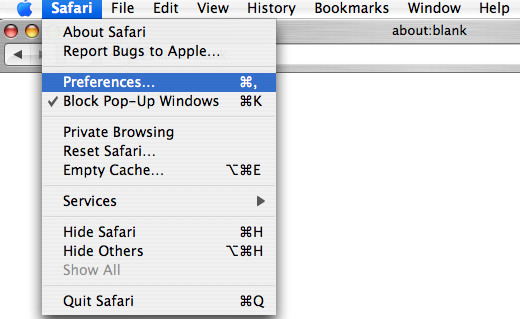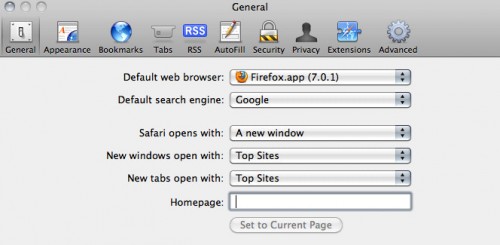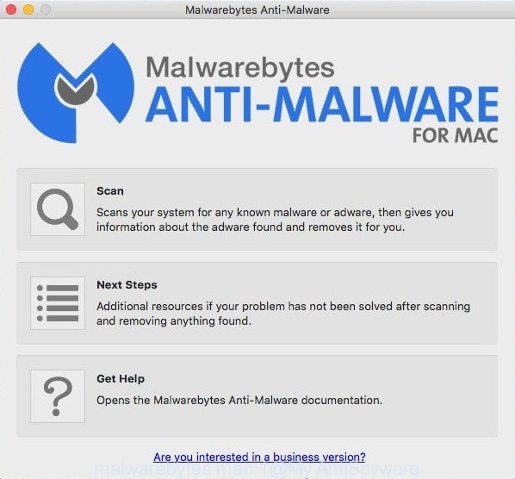According to security researchers, PracticalProcesser is an adware program. Adware is form of malware that can cause issues for your computer. It can generate numerous additional popup, banner, pop-under and in-text link ads flooding on your web browser; collect your privacy information such as login details, online searches, etc; run in the background and drag down your computer running speed; give more chances for other adware software, PUPs even malicious software to get on your Apple Mac.

Unwanted ads
The worst is, the PracticalProcesser adware be able to gather your browsing history and sensitive info, including passwords and credit card numbers. In the future, marketing-type data about you can be sold to third party companies.
How does PracticalProcesser get on your MAC system
The majority of adware spreads together with free applications or even paid software that Internet users can easily download online. The install packages of such applications, most commonly, clearly display that they will install additional programs. The option is given to users to block the installation of any additional software. So, in order to avoid the installation of any adware: read all disclaimers and install screens very carefully, choose only Custom or Advanced installation mode and reject all third-party software in which you are unsure.
Threat Summary
| Name | PracticalProcesser, Practical Processer 1.0 app |
| Type | adware, potentially unwanted application (PUA), popup ads, pop up virus, pop-ups |
| Symptoms |
|
| Removal | PracticalProcesser removal guide |
How to Remove PracticalProcesser
There are several steps to uninstalling the PracticalProcesser adware, because it installs itself so deeply into Microsoft Windows. You need to delete all suspicious and unknown applications, then remove malicious extensions from the Chrome, Safari and Firefox and other internet browsers you have installed. Finally, you need to reset your web browser settings to delete any changes the adware has made, and then scan your MAC system with MalwareBytes to ensure the adware software is fully removed. It will take a while.
To remove PracticalProcesser, follow the steps below:
- How to manually remove PracticalProcesser
- Automatic Removal of PracticalProcesser adware software
- How to stay safe online
- To sum up
How to manually remove PracticalProcesser
First of all, try to delete PracticalProcesser adware manually; to do this, follow the steps below. Of course, manual adware software removal requires more time and may not be suitable for those who are poorly versed in system settings. In this case, we recommend that you scroll down to the section that describes how to get rid of PracticalProcesser using free utilities.
Uninstalling the PracticalProcesser, check the list of installed apps first
First of all, check the list of installed apps on your machine and uninstall all unknown and recently installed applications. If you see an unknown application with incorrect spelling or varying capital letters, it have most likely been installed by malware and you should clean it off first with malware removal tool such as MalwareBytes.

- Open the Finder.
- Click “Applications”.
- It will open a list of all apps installed on the computer.
- Scroll through the all list, and delete questionable and unknown applications. Pay maximum attention to the program you installed last.
- Drag the suspicious application from the Applications folder to the Trash.
- Empty Trash.
Remove PracticalProcesser adware software from Google Chrome
The adware can modify your Google Chrome settings without your knowledge. You may see an unwanted web site as your search engine or home page, additional add-ons and toolbars. Reset Chrome web browser will help you to remove PracticalProcesser ads and reset the unwanted changes caused by adware. Essential information like bookmarks, browsing history, passwords, cookies, auto-fill data and personal dictionaries will not be removed.
Open the Chrome menu by clicking on the button in the form of three horizontal dotes (![]() ). It will open the drop-down menu. Select More Tools, then click Extensions.
). It will open the drop-down menu. Select More Tools, then click Extensions.
Carefully browse through the list of installed extensions. If the list has the extension labeled with “Installed by enterprise policy” or “Installed by your administrator”, then complete the following guide: Remove Chrome extensions installed by enterprise policy otherwise, just go to the step below.
Open the Chrome main menu again, press to “Settings” option.

Scroll down to the bottom of the page and click on the “Advanced” link. Now scroll down until the Reset settings section is visible, like below and click the “Reset settings to their original defaults” button.

Confirm your action, press the “Reset” button.
Delete PracticalProcesser from Mozilla Firefox by resetting browser settings
Resetting your Firefox is good initial troubleshooting step for any issues with your internet browser program, including the redirect to the PracticalProcesser ads. When using the reset feature, your personal information such as passwords, bookmarks, browsing history and web form auto-fill data will be saved.
Run the Mozilla Firefox and press the menu button (it looks like three stacked lines) at the top right of the web browser screen. Next, click the question-mark icon at the bottom of the drop-down menu. It will display the slide-out menu.

Select the “Troubleshooting information”. If you’re unable to access the Help menu, then type “about:support” in your address bar and press Enter. It bring up the “Troubleshooting Information” page as shown on the screen below.

Click the “Refresh Firefox” button at the top right of the Troubleshooting Information page. Select “Refresh Firefox” in the confirmation prompt. The Mozilla Firefox will begin a process to fix your problems that caused by the PracticalProcesser adware. When, it’s finished, click the “Finish” button.
Remove PracticalProcesser adware software from Safari
If you find that Safari web browser settings such as home page, new tab page and search provider by default having been modified by PracticalProcesser , then you may restore your settings, via the reset web browser procedure.
Click Safari menu and choose “Preferences”.

It will open the Safari Preferences window. Next, click the “Extensions” tab. Look for unknown and suspicious plugins on left panel, select it, then press the “Uninstall” button. Most important to delete all unknown extensions from Safari.
Once complete, click “General” tab. Change the “Default Search Engine” to Google.

Find the “Homepage” and type into textfield “https://www.google.com”.
Automatic Removal of PracticalProcesser adware software
Manual removal is not always as effective as you might think. Often, even the most experienced users can not completely remove PracticalProcesser . So, we suggest to scan your computer for any remaining malicious components with free adware removal software below.
Use MalwareBytes to delete PracticalProcesser
Manual PracticalProcesser removal requires some computer skills. Some files that created by the adware can be not completely removed. We suggest that use the MalwareBytes Anti-Malware (MBAM) that are completely clean your machine of adware. Moreover, this free utility will help you to get rid of hijacker, malware, PUPs and toolbars that your MAC system may be infected too.
Installing the MalwareBytes Anti Malware is simple. First you will need to download MalwareBytes AntiMalware on your computer by clicking on the following link.
20944 downloads
Author: Malwarebytes
Category: Security tools
Update: September 10, 2020
Once the downloading process is done, close all software and windows on your Apple Mac. Run the saved file. Follow the prompts.
The MalwareBytes Free will automatically start and you can see its main screen as shown on the screen below.

Now click the “Scan” button for scanning your MAC OS for the PracticalProcesser adware. This task can take some time, so please be patient. During the scan MalwareBytes Free will find threats exist on your MAC.

After the scan is complete, you can check all threats found on your MAC OS. You may delete threats (move to Quarantine) by simply click “Remove Selected Items” button. The MalwareBytes AntiMalware will remove PracticalProcesser and move the selected threats to the Quarantine.
How to stay safe online
Run an ad blocking tool like AdGuard will protect you from malicious ads and content. Moreover, you can find that the AdGuard have an option to protect your privacy and stop phishing and spam web-sites. Additionally, adblocker programs will help you to avoid intrusive pop-ups and unverified links that also a good way to stay safe online.

Visit the page linked below to download AdGuard.
3753 downloads
Author: © Adguard
Category: Security tools
Update: January 17, 2018
After downloading is complete, run the downloaded file. The “Setup Wizard” window will show up on the computer screen.
Follow the prompts. AdGuard will then be installed. A window will show up asking you to confirm that you want to see a quick guidance. Press “Skip” button to close the window and use the default settings, or press “Get Started” to see an quick guidance that will help you get to know AdGuard better.
Each time, when you launch your Apple Mac, AdGuard will start automatically and stop annoying pop up ads, block harmful and misleading web sites.
To sum up
After completing the few simple steps shown above, your MAC should be clean from this adware and other malware. The Safari, Mozilla Firefox and Google Chrome will no longer open the PracticalProcesser ads when you surf the World Wide Web. Unfortunately, if the steps does not help you, then you have caught a new adware, and then the best way – ask for help.
Please create a new question by using the “Ask Question” button in the Questions and Answers. Try to give us some details about your problems, so we can try to help you more accurately. Wait for one of our trained “Security Team” or Site Administrator to provide you with knowledgeable assistance tailored to your problem with the unwanted PracticalProcesser adware.

















